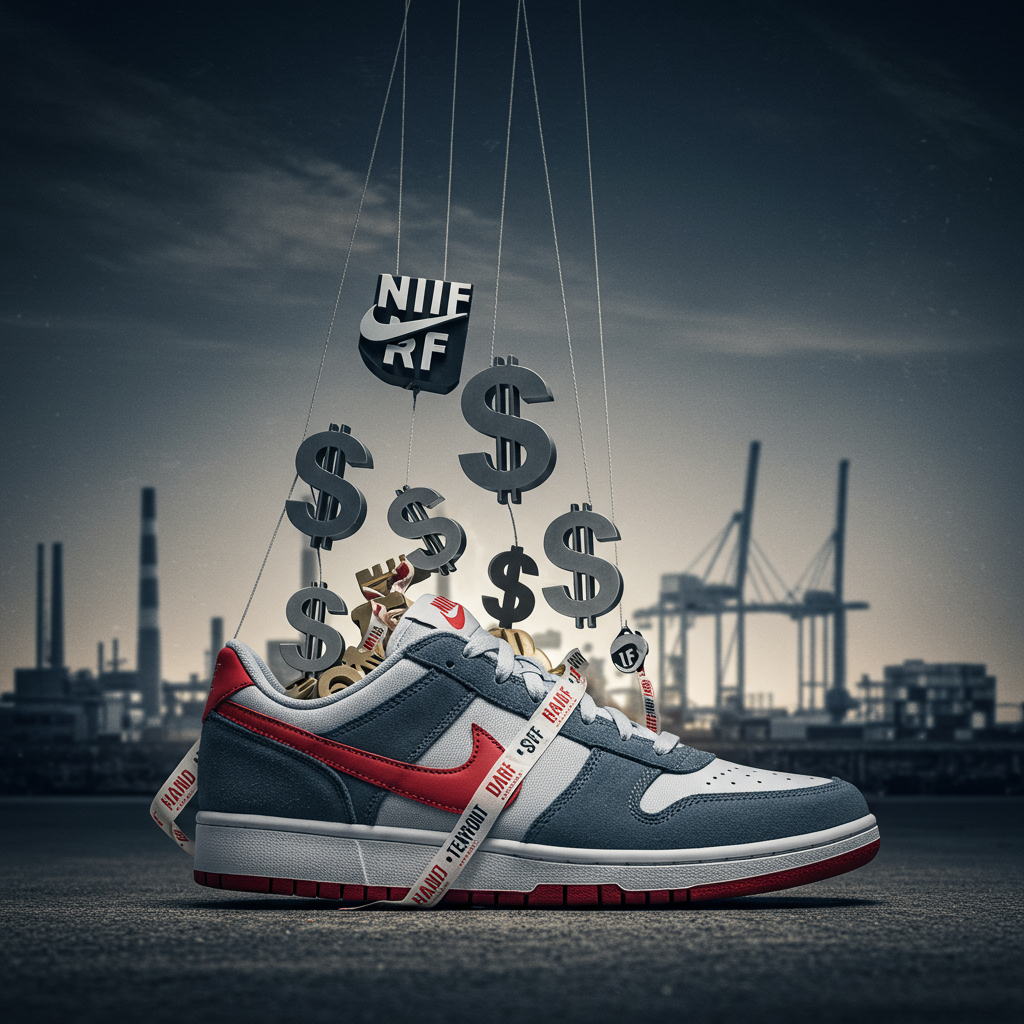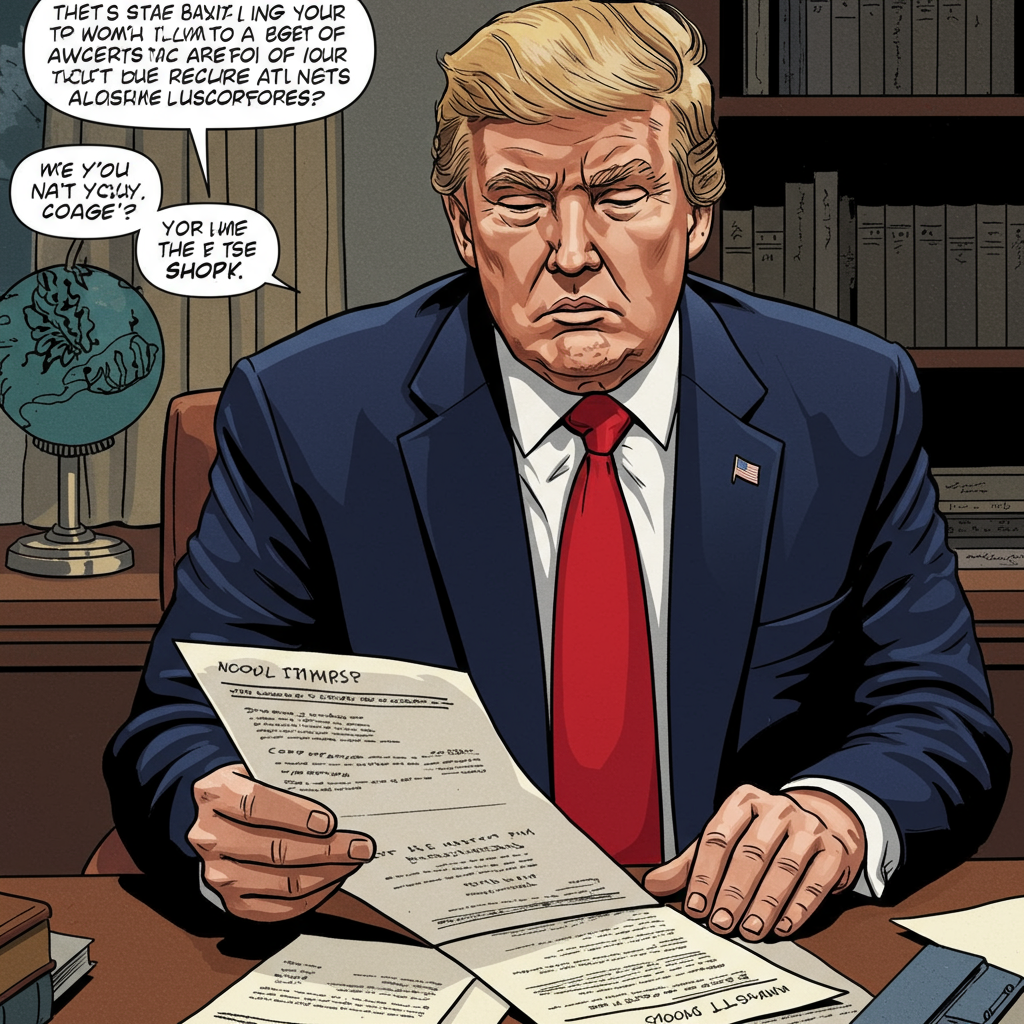Nike Anticipates $1 Billion Tariff Impact, Shifts Strategy
Sportswear giant Nike is bracing for a significant financial impact from tariffs, estimating that US trade policies could add approximately $1 billion to its costs. This projection comes as the company outlines plans to reduce its manufacturing reliance on China and implement price increases to navigate the changing global trade landscape.
The expected cost increase stems from tariffs, particularly those associated with the Trump administration’s trade disputes. Nike’s Chief Financial Officer, Matthew Friend, described these tariffs as a “new and meaningful cost headwind,” emphasizing the company’s commitment to fully mitigate this financial burden over time. Different reports cited varied tariff rates impacting Nike’s Chinese imports, ranging from 55% to 60%, down from potentially higher previous rates.
Strategic Moves to Counter Tariff Costs
To absorb the estimated $1 billion impact, Nike is employing a multi-faceted strategy focused heavily on optimizing its global supply chain:
Reducing China Dependency for US Imports: A key action involves shifting production away from China specifically for goods destined for the United States. Currently, around 16% of the footwear Nike imports into the US is manufactured in China. The company aims to lower this figure to a “high single-digit range” by the end of fiscal year 2026. This reallocation will move production to other countries, leveraging Nike’s strong relationships with factory partners elsewhere.
Price Adjustments: Nike plans to implement “surgical price increases” in the US market, expected to roll out gradually starting in the fall. While working to minimize the overall impact on consumers, the company acknowledges that some price adjustments are necessary.
- Corporate Cost Reduction: Evaluating and implementing corporate cost-saving measures is also part of Nike’s plan to offset the increased expenses.
- www.theguardian.com
- www.investopedia.com
- www.euronews.com
- www.aljazeera.com
- timesofindia.indiatimes.com
Nike maintains that manufacturing capacity and capability within China remain important for its overall global operations, indicating a strategic shift for US-bound products rather than a complete exit from the region. The company has historically had a significant manufacturing footprint across Asia, with Vietnam, Indonesia, and China accounting for 95% of footwear production and Vietnam, China, and Cambodia making nearly 60% of apparel in the past year.
Financial Performance and Market Reaction
This announcement coincides with a challenging period for Nike’s financial performance. The company recently reported its fourth fiscal quarter results, with revenues dropping 12% to $11.1 billion and net income collapsing by 86% year-on-year to $211 million. For the full fiscal year 2025, revenues were down 10% and net income fell 44%. Some analysts characterized the Q4 performance as the worst in at least two decades, suggesting the company may be “nearly at rock bottom.”
Despite the weak results, the Q4 figures slightly exceeded analysts’ lowered expectations, and the company’s guidance for the upcoming quarter (anticipating a slower rate of sales decline) offered a glimmer of hope. In a notable market reaction, Nike’s shares saw a significant jump—rising between 9% and 15% in after-hours and early Friday trading following the earnings report and strategic announcements. This suggests investors may be cautiously optimistic about the company’s plan to mitigate the tariff impact and see potential for recovery after a prolonged difficult period since the pandemic.
Broader Trade Context and Expert Views
Nike’s situation is set against the backdrop of the ongoing US-China trade dispute, which is impacting numerous consumer goods companies. Other major retailers and brands, including Walmart, Target, and Adidas, have also indicated they anticipate needing to raise prices due to increased tariff costs. Nike itself has historically been a top payer of US duties and previously joined other footwear companies in petitioning for tariff exemptions, citing the potential impact on consumer prices.
Industry analysts offered mixed views. While some highlighted the severity of Nike’s recent slump and the added pressure from tariffs, others interpreted the market’s positive reaction as a sign that investors are anticipating a “positive rate of change” moving forward. Challenges remain, including navigating tough economic conditions and increased competition in markets like China, as well as potential anxiety among US consumers. However, recent positive signs, such as a return to growth in Nike’s running shoe category, provide some areas of strength.
Ultimately, Nike’s strategy of combining targeted price increases in the US with a planned shift in manufacturing away from China for the US market is a calculated response aimed at navigating the financial headwinds imposed by tariffs while working to maintain profitability and strengthen its position in key markets.




